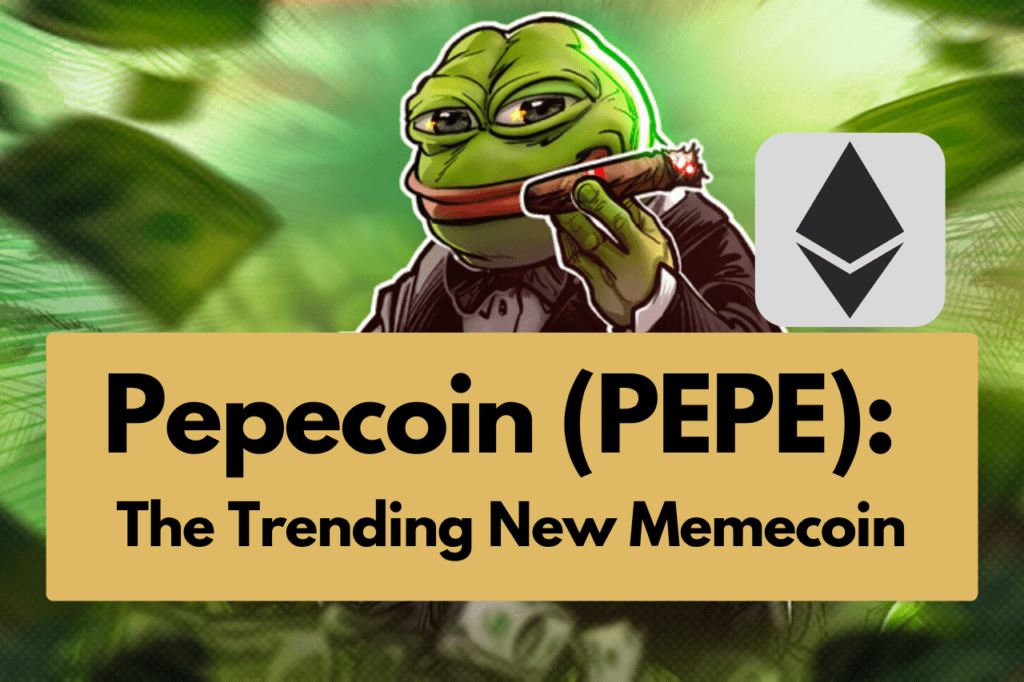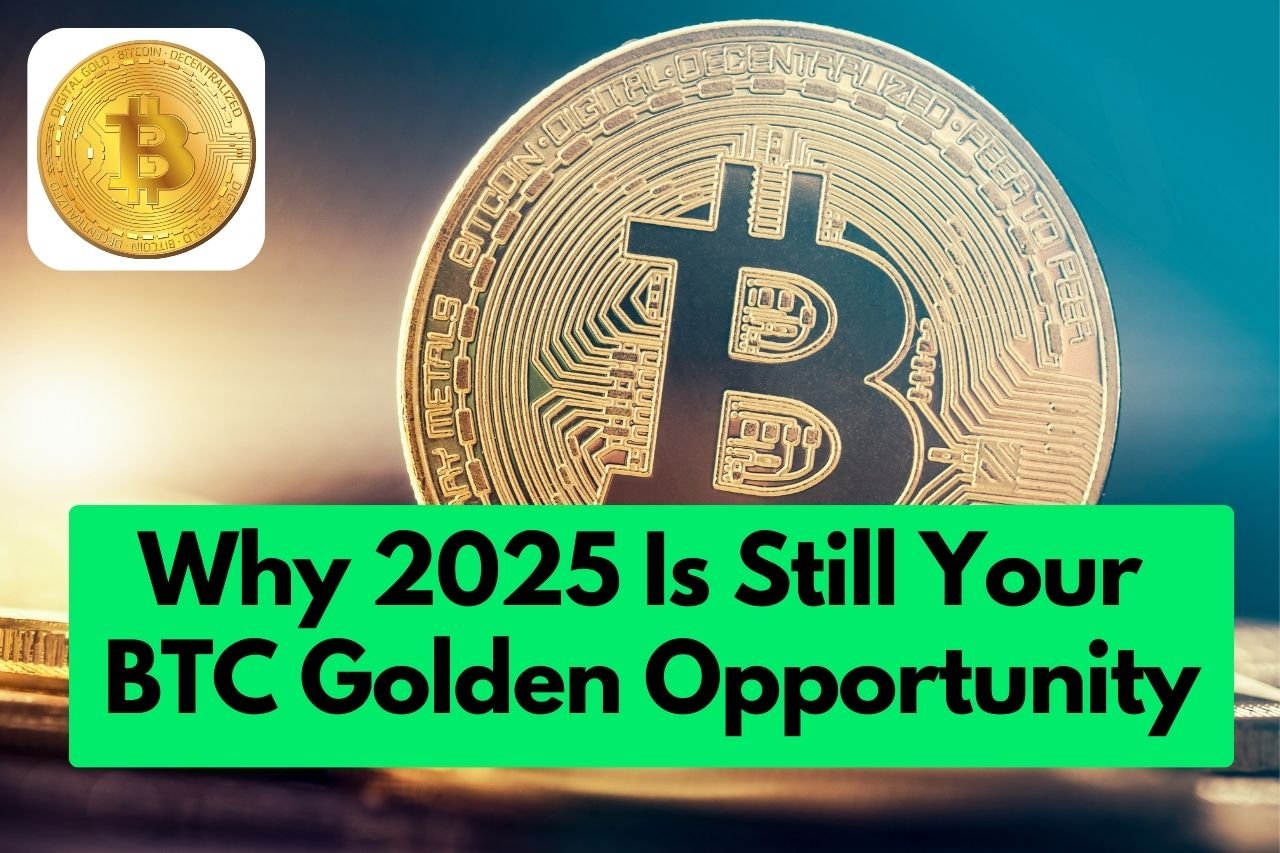
Introduction
The cryptocurrency world is known for its constant surprises, with new trends and seasons keeping users and followers on their toes. One such trend that emerged in late April 2023 was the rise of Pepecoin (PEPE), an ERC-20 token that quickly gained popularity in the memecoin market. This article delves into the fascinating world of Pepecoin, its origins, value creation, and the future of memecoins.
Pepecoin: A Memecoin Inspired by “Pepe the Frog”
Pepecoin draws its inspiration from the widely popular “Pepe the Frog” meme created by Matt Furie in his cartoon “Boy’s Club.” In the initial days, Pepecoin’s price action was driven by frog-themed memes shared by the founding team and its followers on social media. With the rise of Pepecoin, it became evident that cryptocurrency communities can rally behind a cultural phenomenon without necessarily considering the fundamental economics of the asset.
Memecoins and Value Creation
Memecoins, including Pepecoin, have gained popularity within a short span of time, raising questions about how these coins create and retain value. While the memecoin culture on social media attracted users and investors, the lack of a solid ecosystem with commercial use cases has been a common characteristic among these coins. For instance, Pepecoin, Dogecoin (DOGE), and Shiba Inu (SHIB) lack strong developer communities, diverse applications, and institutional investment opportunities.
Despite the absence of fundamental use cases, memecoins like Dogecoin have maintained market capitalizations in the billions, dominating even more mainstream cryptocurrencies like Solana (SOL) and Polygon (MATIC). Following the success of Pepecoin, other memecoins like Turbo and Wojak on Ethereum, and Guacamole (GUAC) and King on Solana, experienced a similar rise and fall. These memecoins captured the attention of investors and saw significant on-chain activity due to their cultural appeal.
The Speculative Nature of Memecoins
Memecoins exist within an extreme category of crypto, driven largely by a culture-based speculative tribe. While these coins may lack utility narratives and real-world applications, the influence of culture should not be underestimated. The NFT asset class within Web3 has shown how culture can bring communities together and attract substantial capital. Memecoins can be seen as a fungible and more liquid equivalent of NFTs.
It is important to note that during periods of increased liquidity flowing into memecoins, other assets like NFTs and established cryptocurrencies may experience price declines as investors tap into the memecoin hype. Additionally, liquidity within the memecoin space itself may fluctuate, with investors moving funds from one memecoin to another. The early stages of the memecoin market make it a regulatory risk for launching firms, and the speculative nature of memecoins poses both opportunities and challenges.
The Future of Pepecoin and Memecoins
While Pepecoin has gained significant traction, it is still too early to determine the future of memecoins as a whole. The crypto industry has seen a few instances of culture-based models holding value through bear markets, with Dogecoin and Shiba Inu being notable examples. For memecoins to solidify their position as a significant economy within cryptocurrencies, multiple ecosystems with substantial market capitalizations and longevity would be required. The ability to withstand multiple Bitcoin cycles and achieve milestones like a $1 trillion market capitalization would further validate memecoins as a new asset class in the crypto world.
In conclusion, Pepecoin’s rise and the broader memecoin phenomenon showcase the unique dynamics and speculative nature of the cryptocurrency market. While memecoins like Pepecoin may lack fundamental use cases, their cultural appeal cannot be ignored. The future of memecoins remains uncertain, but their impact on the crypto industry cannot be disregarded. Investors and industry participants must approach memecoins with an open mind, acknowledging both the opportunities and risks they present.
FAQs
Q: What is Pepecoin (PEPE)? Pepecoin (PEPE) is an ERC-20 token inspired by the “Pepe the Frog” meme created by Matt Furie. It gained popularity as a memecoin in late April 2023 and quickly attracted users and investors through its cultural appeal.
Q: How do memecoins create and retain value? Memecoins, including Pepecoin, primarily create value through their cultural appeal and active community participation. However, they often lack fundamental use cases and ecosystems with commercial applications, making value retention a challenge in the long term.
Q: What is the future of Pepecoin and memecoins? The future of Pepecoin and memecoins as a whole is still uncertain. While they have gained significant attention and market capitalization, their long-term sustainability and status as a significant economy within cryptocurrencies depend on factors such as market cycles, achieving milestones, and the emergence of diverse ecosystems.
Conclusion
Pepecoin’s rise in the memecoin market highlights the unique and speculative nature of the crypto industry. Memecoins like Pepecoin draws their value from cultural appeal rather than fundamental use cases. While their future remains uncertain, memecoins have the potential to shape a new asset class within the crypto world. Investors and industry participants should approach memecoins with an open mind, considering both the opportunities and risks they present.
Note: The information provided in this article is for educational purposes only and should not be considered financial or investment advice.



